USAF FY 2023 budget: to confront China, better quality than quantity
The U.S. Air Force unveiled its FY 2023 budget proposal, which calls for $169.5 billion in funding, up 8% from 2022. However, it intends to decommission more than 150 aircraft to reinvest that money in new capabilities.
The Pentagon provided a press briefing on the Air Force’s FY 2023 budget request. It was given by Air Force Undersecretary Gina Ortiz Jones and Undersecretary for the Budget Maj. Gen. James Peccia.
They made one thing clear from the outset. China’s growing power is the main challenge to the U.S., and Russia continues to pose a serious threat to its security policy.
That is why the FY 2023 budget proposal, like FY 2022, represents the Pentagon’s effort to focus on those technologies that will quickly gain a decisive advantage over these adversaries, leaving aside systems that will soon be obsolete in a highly technologized warfighting scenario.
The combined US Air Force and Space Force budget proposed to Congress for FY 2023 is USD 194 billion, of which Space Command will receive USD 24.5 billion, representing a 34.5% increase over the 2022 budget.
«The Department of the Air Force’s FY 2023 budget request provides a solid balance between meeting the immediate needs of combatant commanders today and investing in the modernized capabilities Air and Space Forces require to deter and, if necessary, defeat aggression from China or Russia in the future,» said Secretary of the Air Force Frank Kendall.
USAF Priority Programs
Nuclear deterrence
Minuteman III
Some $3.6 billion (up from $2.5 billion in the 2022 proposal) will go to revitalize the Ground-Based Strategic Deterrence, or GBSD, component, of which $1.1 billion will be earmarked for research, development, test, and evaluation to modernize the aging launch silo infrastructure and Minuteman III missiles.
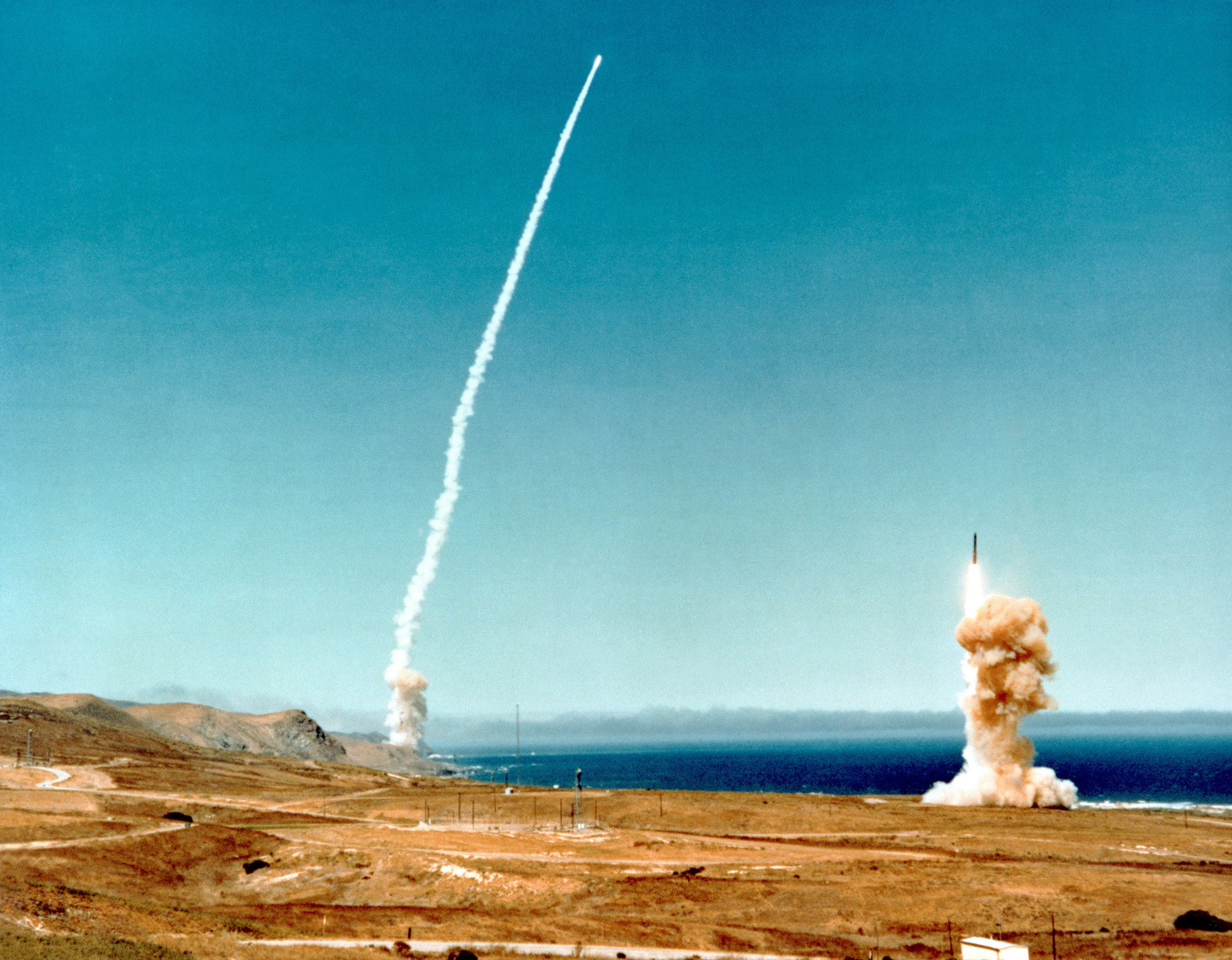
B-21 Raider and company
To continue the development and nuclear certification of the B-21 Raider long-range bomber, USD 3.25 billion (USD 320 million more than the previous budget) will be allocated to accelerate its development and early start of serial production.
As a novelty, during the briefing, it was commented that the development of an unmanned companion for the B-21 Raider is being evaluated to maximize its combat and survivability capabilities.
Hypersonic weaponry
The complicated U.S. program to develop air-launched hypersonic weaponry would have increased its budget by $138 million ($577 million versus $438 million in 2022).
Next Generation Air Dominance (NGAD) Program
The family of next-generation air combat systems, which includes a manned sixth-generation fighter, along with unmanned combat systems, would receive a budget of USD 1.7 billion. For the FY 2022 budget, this program was funded at USD 1.525 billion.
Purchases of new aircraft
F-35A
The proposed 2023 budget calls for the purchase of only 33 F-35A stealth fighters from Lockheed Martin, down from 48 units ordered by 2022. However, the press conference clarified that the USAF remains committed to purchasing 1,763 F-35As, and will continue to procure these aircraft for the next 15 years.

The cut in orders would be to give Lockheed Martin time to solve the problems that recurrently afflict the aircraft, through the implementation of the Technical Refresh 3 modernization program.
This modernization is the prelude to the future F-35 Block 4, which is the aircraft that won the competitions in Finland, Switzerland, and Canada, and is the version that the USAF is waiting for, because it would solve almost all the problems suffered by the previous blocks while adding new advanced capabilities.
F-15EX Eagle II
The program to replace the F-15C Eagle with the newer, more advanced Eagle II version gets an additional boost, as $2.8 billion is targeted from FY 2023 for the purchase of 24 units, double the number of aircraft ordered by 2022.
KC-46 Pegasus
The FY 2023 budget would allocate USD 2.9 billion for the purchase of 15 Boeing KC-46 Pegasus tankers. This is a priority program for the Air Force as the fleet of aging KC-135s is being retired from service at a rapid rate.
Looking for savings
The U.S. Air Force is looking to divest itself of several of its air assets that it believes are either already unsuitable for modern air warfare or, because of their age, are too burdensome to maintain, in order to redirect that money to programs that are in their best interest for future development.
F-22 Raptor
Surprisingly, the USAF is seeking to retire 33 fifth-generation F-22 Raptor air superiority aircraft out of the 186 aircraft in its inventory.
These aircraft are reportedly Block 20 and are used primarily for training purposes and have no real combat capability.
Repairing them in order to bring them back to combat capability would represent an investment of $1.8 billion over an eight-year period. The Air Force prefers to redirect that money toward F-35 modernization programs, modernization of the rest of the F-22 fleet, and development of the NGAD program.
E-3 AWACS
Of the 31 E-3 AWACS airborne warning aircraft currently on inventory, the USAF will retire 15 aircraft, while continuing the modernization of the remaining 16 units.
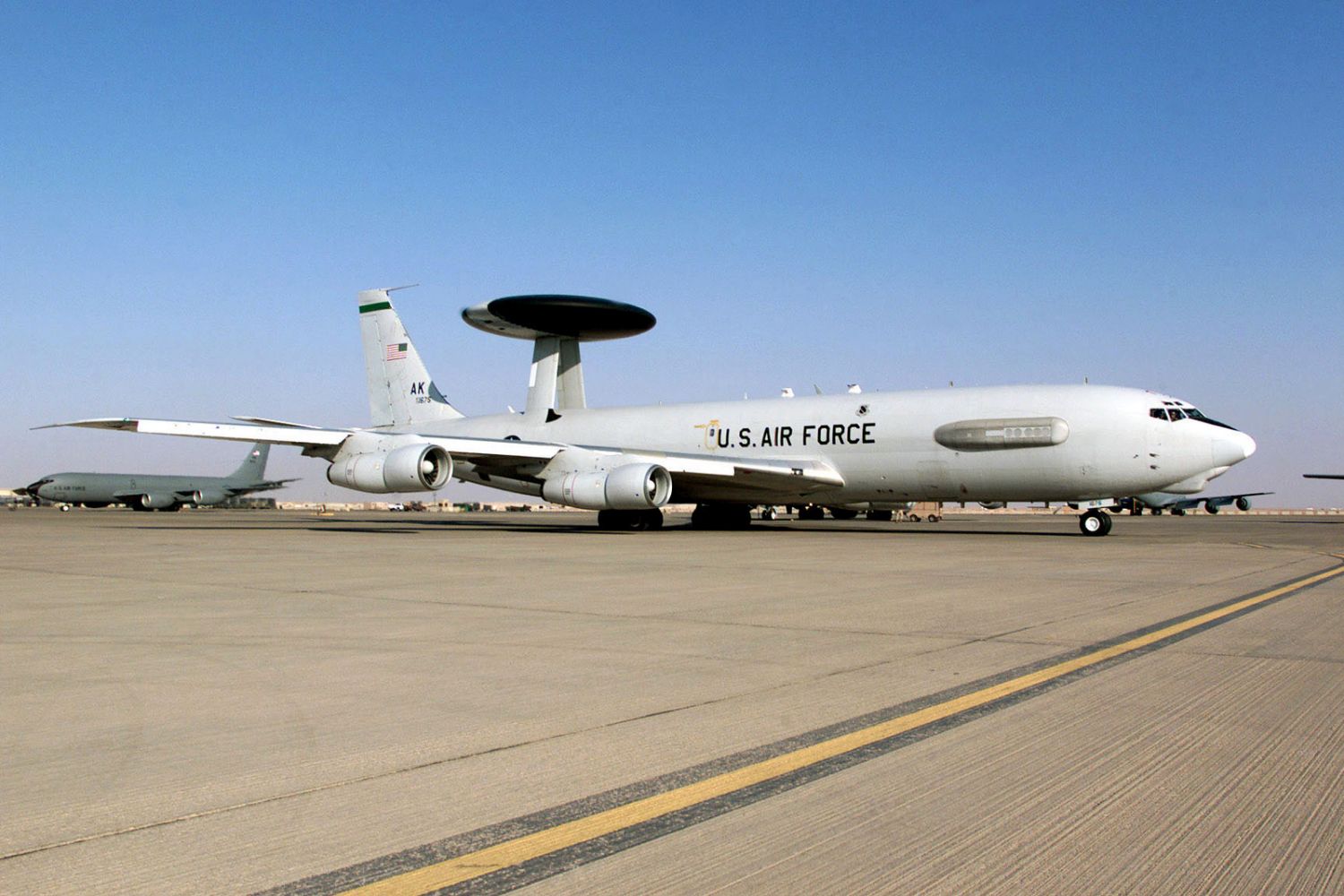
During the press conference, it was clarified that the development of the future replacement for the E-3, which will probably be the Boeing E-7 Whedgetail, will continue, while also investing in replacing part of these capabilities with specialized satellites.
A-10 Wharthog
The USAF wants to retire 21 A-10 Wharthogs during 2023, considering it an aircraft whose chances of survival in a high-intensity conflict against an adversary that is at technological parity with the U.S., are very low.
The Air Force intends for F-16 aircraft, whose modernization program will soon be underway, to replace the A-10 as the primary ground support aircraft.
An attempt was also made last year to decommission part of the A-10 fleet, 42 units to be exact, but Congress did not authorize the USAF to remove them from service.
MQ-9 Reaper
The Air Force will dispose of 100 MQ-9 Reaper unmanned systems (out of the 300 it currently owns), which will be transferred to different government agencies.
E-8 JSTARS
The USAF seeks to retire eight of its E-8 JSTARS (Joint Surveillance and Target Attack Radar System) aircraft during 2023, with the remaining four by 2024.
The capabilities provided by these aircraft will be replaced by unmanned aerial systems and new surveillance satellites.
T-1 Jayhawk
50 of the 177 T-1 Jayhawk training aircraft are to be retired, as new technological tools available for training, such as virtual reality, reduce the time in the air needed for training future pilots.
C-130 Hercules
The USAF is continuing its transition from the Hercules to the Super Hercules. By 2023, 10 C-130Hs will be retired and four new C-130Js will be added.
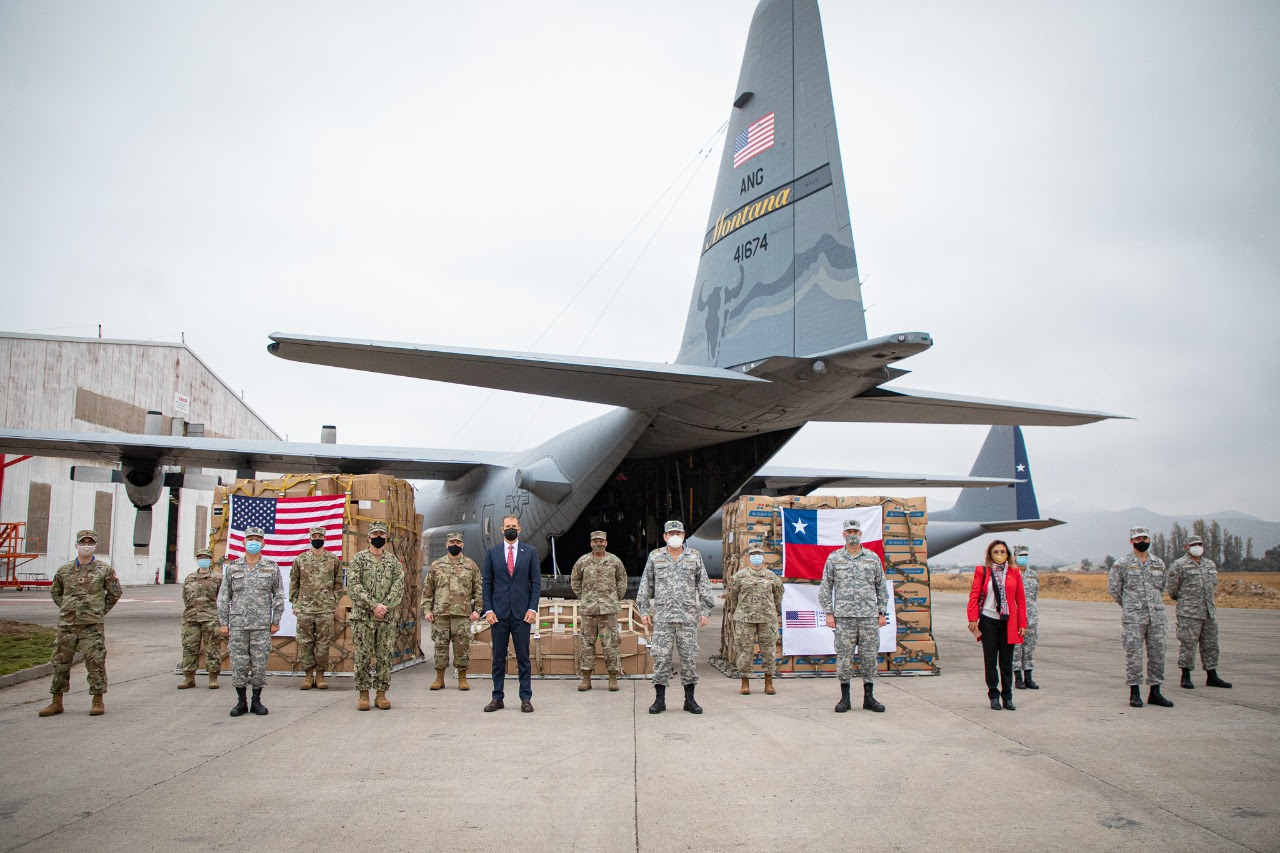
Space Force
The budget of the Space Command continues to increase over the years, as the domain of space gains strategic relevance, and several of the functions that were previously covered by manned aircraft, whose obsolescence is increasing, will be replaced by surveillance and intelligence satellites. In particular for the creation of ground, naval and signals intelligence.
The proposed budget provides funding to the Space Force for three national security space launches, three additional Space Development Agency launches, and two launches that will put GPS III satellites into orbit, crucial to improving the resiliency of the positioning, navigation, and timing constellation accessed by billions of users daily.
A total of $987 million is sought to fund the development of new space technology and prototype missile warning/tracking assets.
About $1 billion will be used for the development of the ground and space segments of the next-generation persistent infrared missile warning system, which will seek to address emerging threats such as Russian and Chinese hypersonic missiles, as well as independent re-entry vehicles for next-generation nuclear ballistic missiles.
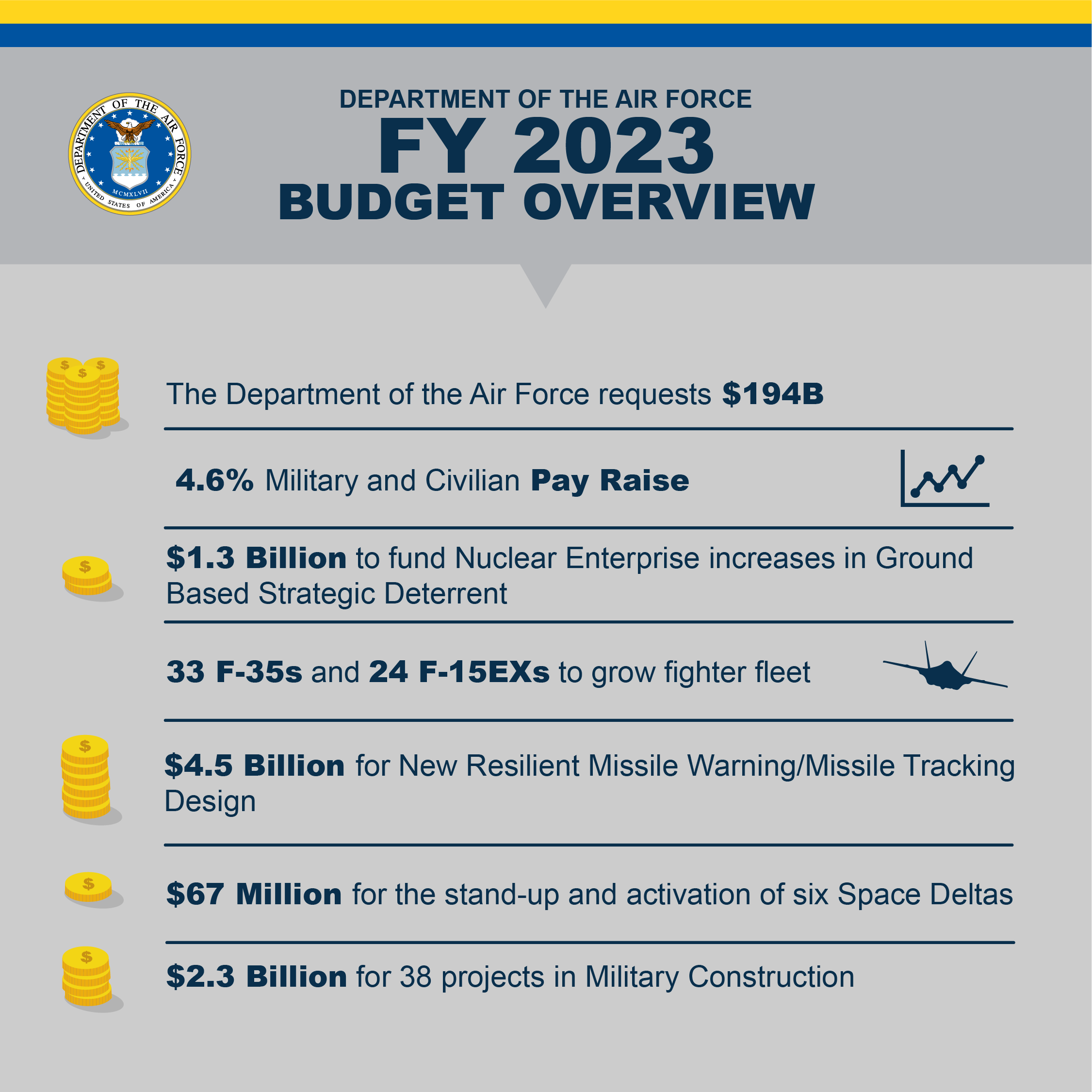
What matters is maintaining the technological advantage
The path proposed by the USAF for this budget proposal follows the path outlined in the FY 2022 budget. Downsizing, reduction of current expenses, and strong investment in the development of means that provide a decisive technological advantage in the face of the growing threat from expanding powers such as Russia or Iran, but mainly from China.
The USAF is betting on-air assets clearly superior to those currently in existence, such as the NGAD program or the B-21 Raider, accompanied by an increasing number of newly designed unmanned aerial systems and the establishment of space dominance over its rivals.
In any case, it must be remembered that it is the U.S. the Congress that is in charge of studying and approving this budget proposal. Therefore it is possible that not everything will go by the USAF plan. This already happened in the case of the A-10 Warthogs, whose decommissioning has been sought for years, but which Congress has so far not allowed.

/https://aviacionlinecdn.eleco.com.ar/media/2020/11/F-22-foto-USAF-scaled.jpg)
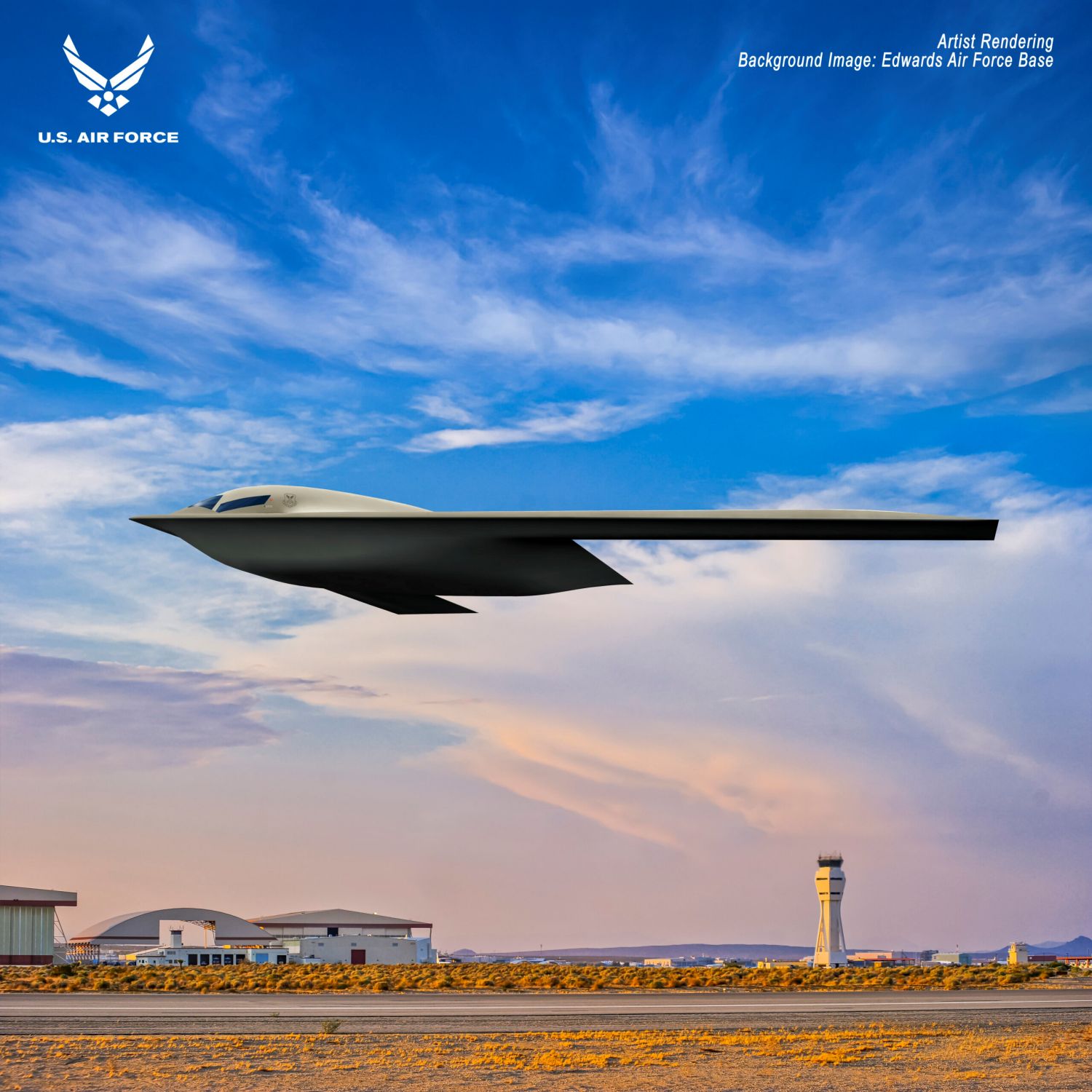
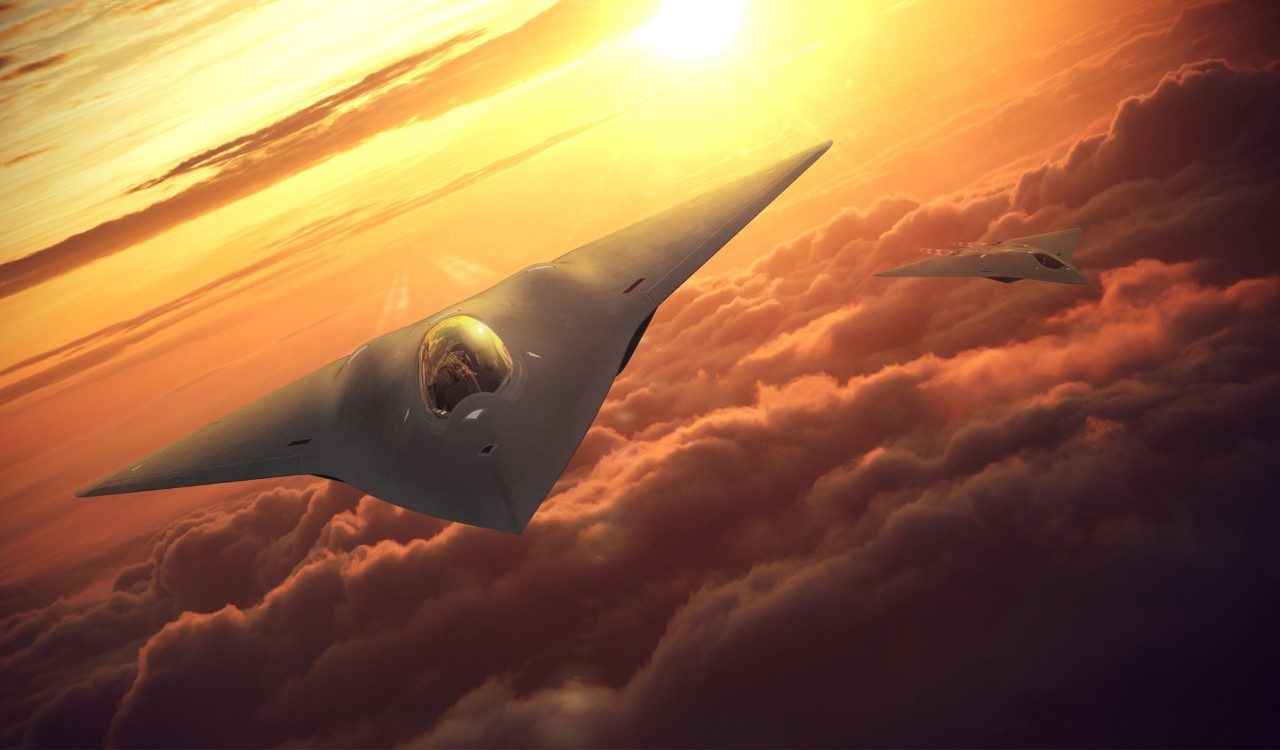

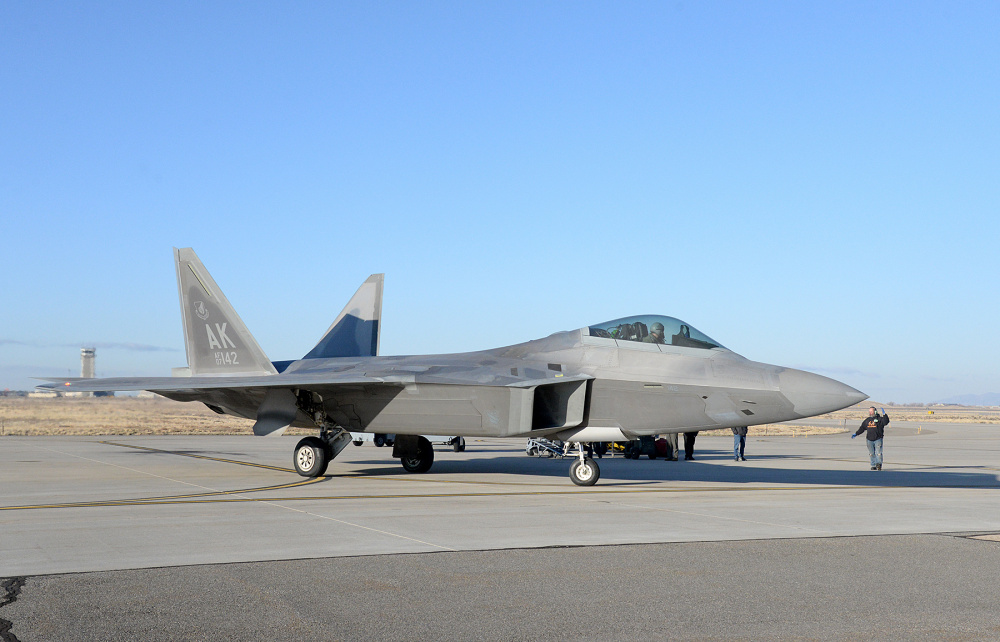
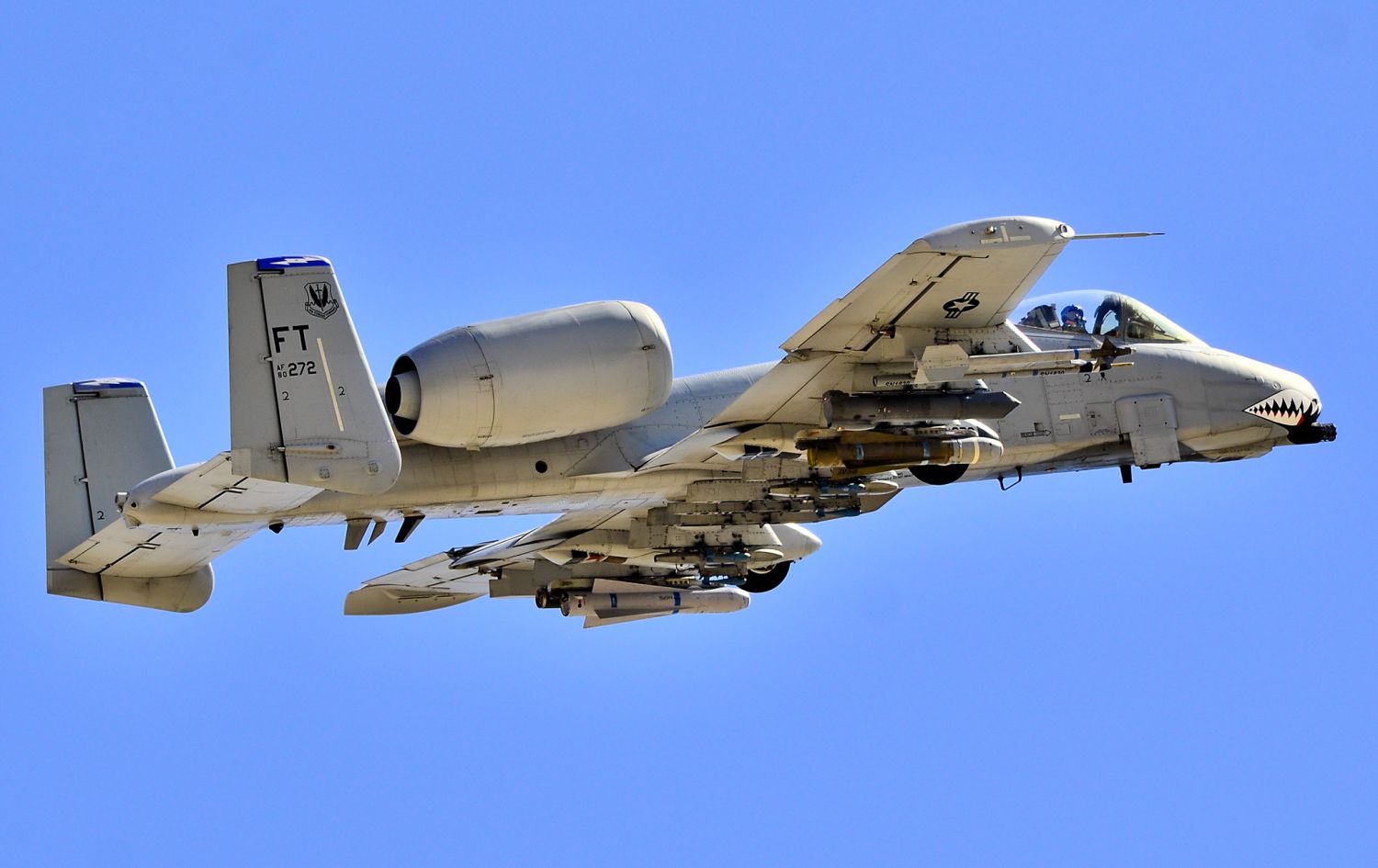
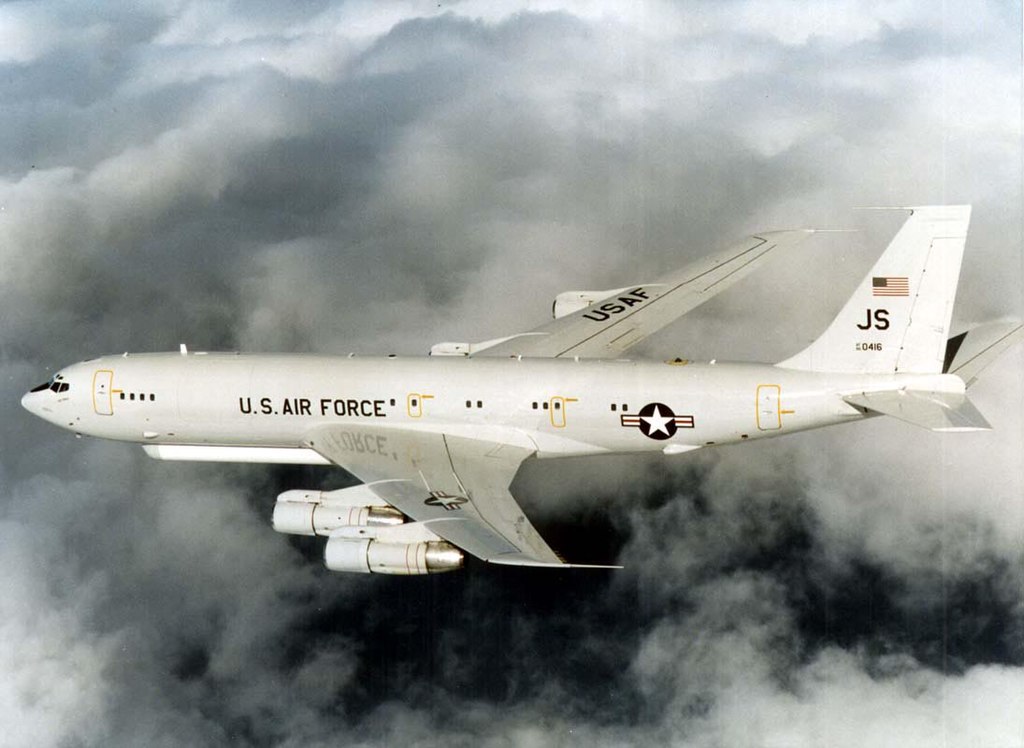
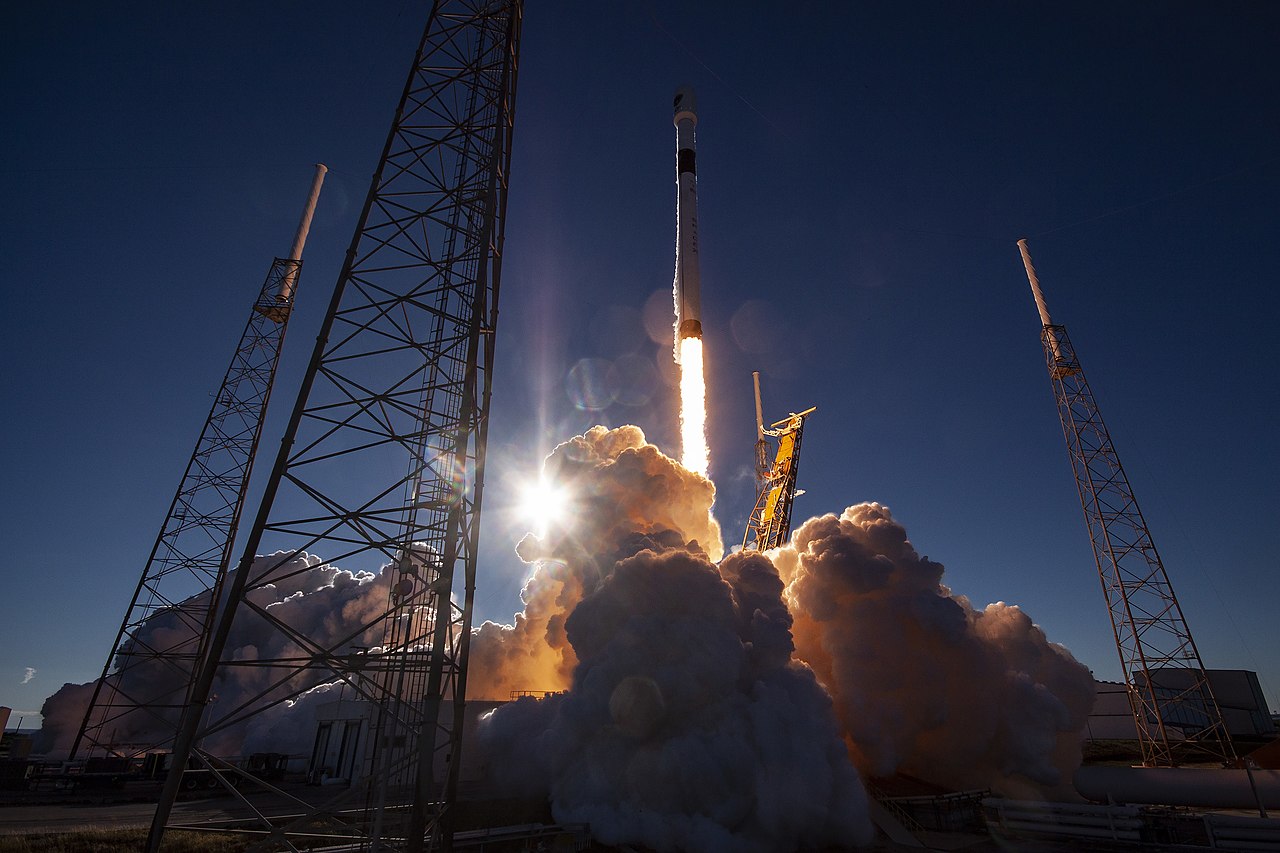
Para comentar, debés estar registradoPor favor, iniciá sesión